Wondering why you can’t seem to achieve clear skin for very long? The answer to that question could be surprisingly simple…
Keep reading as Introstem shares eight reasons why your skin isn’t looking as flawless as you would like, along with what you can do to turn this around!
1) You’re Using an Unsuitable Cleanser
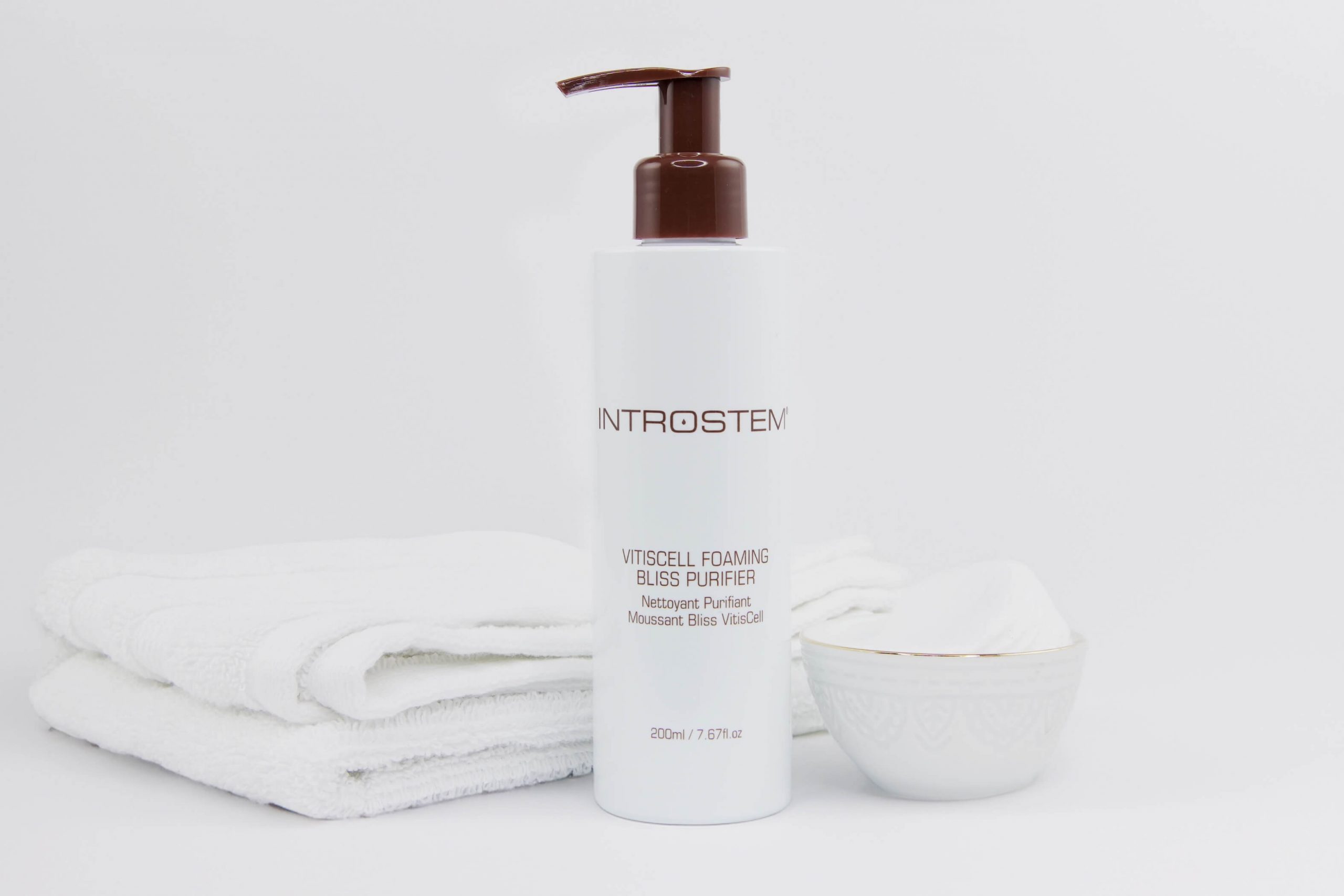
You’re likely aware of how important cleansing is when you’re trying to achieve clear skin. Not only does cleansing remove dirt and other environmental impurities, but it also sweeps away the excess sebum and dead cells produced by your skin itself. If you don’t regularly cleanse your skin, all of those substances will sink into your pores, contributing to breakouts.
While that may be the case, using an unsuitable cleanser will prevent you from achieving the flawless complexion you’re seeking. If your cleanser is too powerful or aggressive, it will damage your skin barrier, increasing breakouts. Likewise, if your cleanser is too gentle, it won’t clean your skin properly. Once again, this increases breakouts.
One solution is to opt for a gentle cleanser that can be used without worry twice a day. A hydrating foaming cleanser, like the VitisCell Foaming Bliss Purifier, will be capable of lifting oil and other impurities but won’t leave your skin barrier feeling compromised. On the days when your skin feels particularly grimy, use an oil-based cleanser first before following up with the above. Double cleansing can be a great way to give your skin a truly thorough cleanse every once in a while.
2) Your Skin is Dehydrated
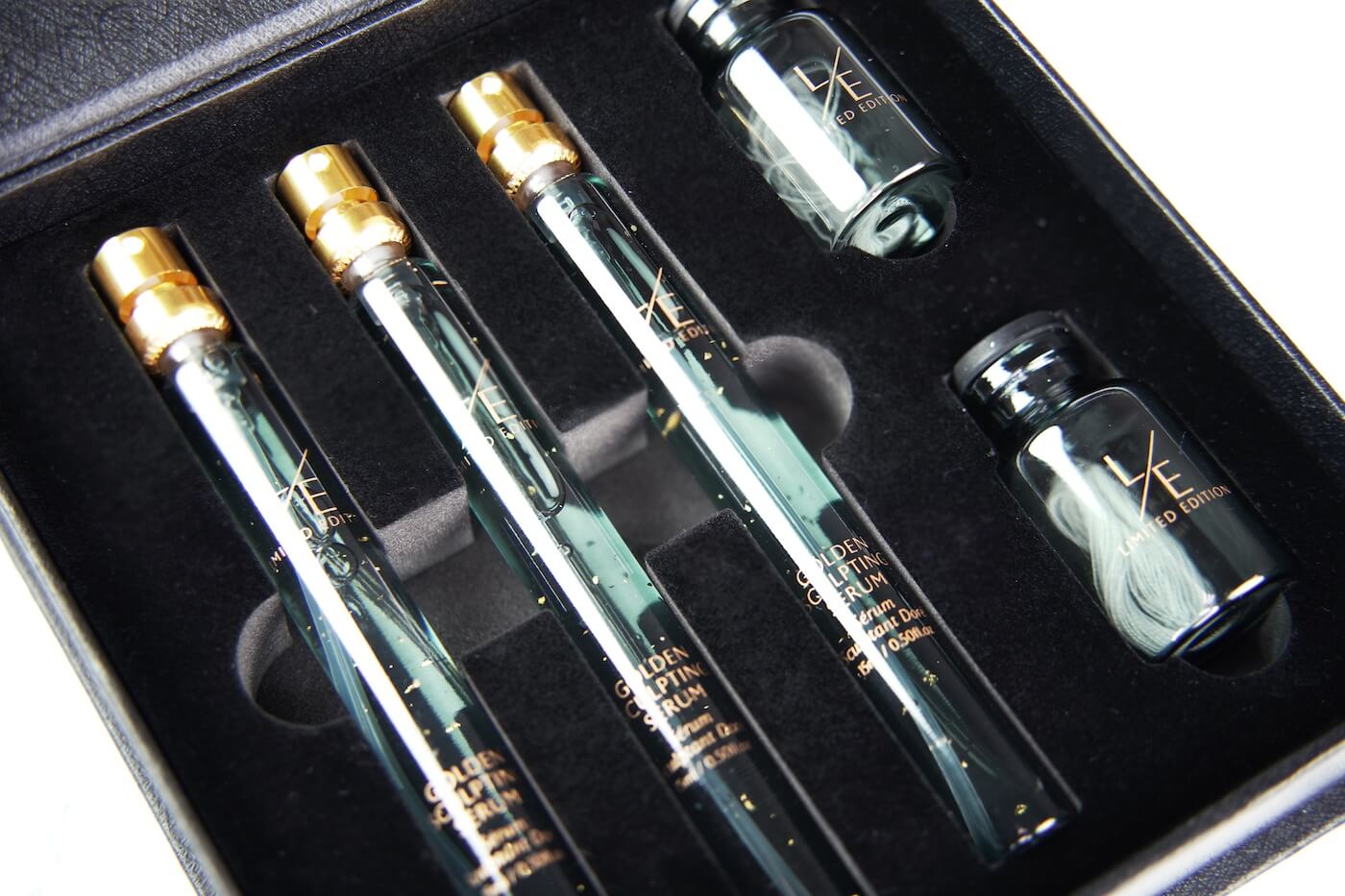
Acne can triggered by a variety of causes. Some are talked about quite often while others, such as dehydration, remain relatively unknown. It doesn’t help that many of the anti-acne products out there contain dehydrating ingredients. They may produce an improvement in the short term but the dehydration that they bring about could be one of the reasons why you’re struggling to maintain clear skin.
This doesn’t necessarily mean that you have to stop using your acne treatments. Instead, make an effort to ensure that the rest of your skincare routine contains plenty of hydrating ingredients. Ideally, you want to turn to lightweight ingredients for this, like humectants. This ingredient group, which includes the likes of hyaluronic acid, glycerin, peptides, and collage, features light and non-greasy ingredients that have moisture-binding properties. As a result, they provide almost instant hydration without clogging up the pores.
Treat yourself to the Introstem String Lift Sculpting System and not only will you be able to enjoy all of the humectants that we’ve just mentioned, but you’ll also be pampering your skin with five additional derivatives of hyaluronic, plus a blend of other humectants. It’s a go-to for whenever your skin needs a quick moisture boost.
3) You’re Incorrectly Layering Your Skincare Products
If you’re having problems with blemishes, then you’re likely also trying to fight the appearance of acne marks. There are plenty of skincare products out there that can help with both, which is why people with acne-prone skin often have quite a lengthy skincare routine.
So long as your routine consists of products that your skin genuinely needs, there’s nothing wrong with this. However, if you aren’t applying your skincare products in the correct order, then this could be why consistently clear skin always seems to be out of reach.
How do the two relate? Because layering your products correctly encourages absorption. On the other hand, if you apply a product that then prevents the next product you use from sinking into your skin, that second product will only end up lingering around and clogging your pores.
The general rule of thumb is to apply your thinnest and lightest product first, working your way up to the heaviest. This way, the heavier products won’t end up blocking the way for the lighter products to penetrate.
4) You’re Not Exfoliating Enough (or You’re Exfoliating Too Often!)
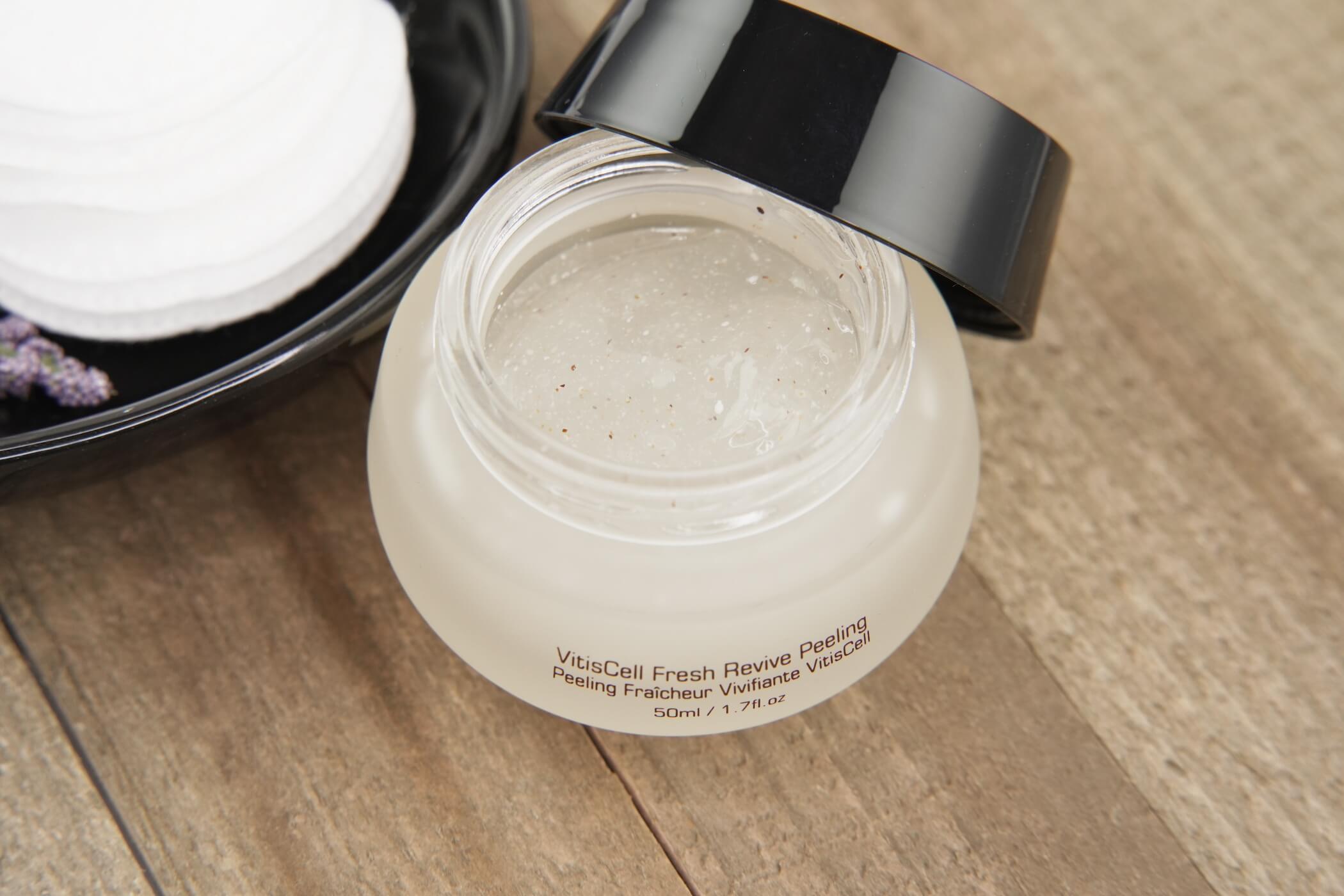
Exfoliation is crucial if you’re trying to banish and prevent the appearance of breakouts. However, there’s a very fine line between exfoliating too much and not exfoliating enough. Getting the balance right is essential if you want to see clear skin anytime soon!
The fact that there isn’t a set rule for how often to exfoliate makes this tricky. Everyone’s skin is different, so it all depends on what your skin needs. With that said, avoid exfoliating your skin more than three times a week. Even if your exfoliator claims to be suitable for daily use, this will only end up damaging your skin’s natural protective barrier, which, as you know, will exacerbate breakouts.
Your choice of exfoliator is important too. Don’t automatically reach for the most potent acid-based exfoliator on the shelf. Instead, start with a gentler formula, like the Introstem VitisCell Fresh Revive Peeling. It still makes use of alpha-hydroxy acids but not in a concentration that’s going to risk damage to your skin. It also contains several other ingredients that can contribute to the look of clear skin, including vitamin C, grape stem cells, vitamin A, and green tea extract.
5) Your Skin is Receiving Too Much UV Exposure
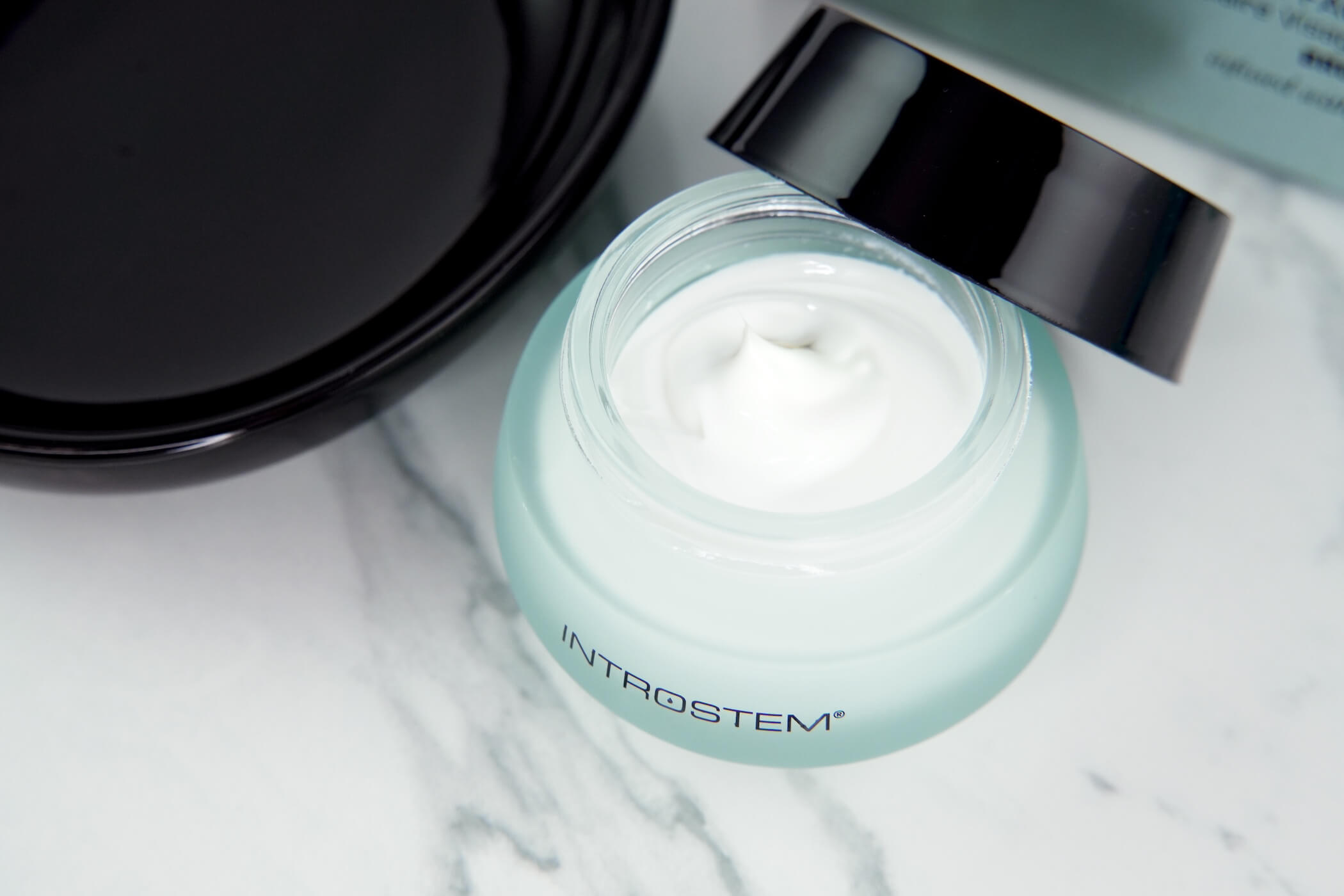
We’ve already talked about how vital hydration is if you’re hoping for clear skin. So, it goes without saying that anything that dehydrates your skin is only going to work against this.
This is where UV exposure comes in. Many think that sun exposure does their skin favors due to how the sun can temporarily leave the skin feeling less greasy. However, this doesn’t last. Not only does sun exposure stimulate the skin to produce even more sebum overall, but it also induces inflammation, a precursor to breakouts. UV rays increase your chances of developing hyperpigmentation too. This means that you’ll be more likely to develop acne marks, making your quest for clear skin even harder.
The solution? Keep your skin protected from the sun. While some people hate using sunscreens because of how they can leave the skin feeling even oilier, a lightweight SPF moisturizer, like the Introstem PrismaStem Face Shield Cream SPF 30, will do away with this problem. It’s a hydrating and non-greasy moisturizer that also shields the skin from UV rays. Swap it with your regular face cream and you’ll be giving your skin some UV protection each time you moisturize.
6) Stress is a Big Part of Your Life
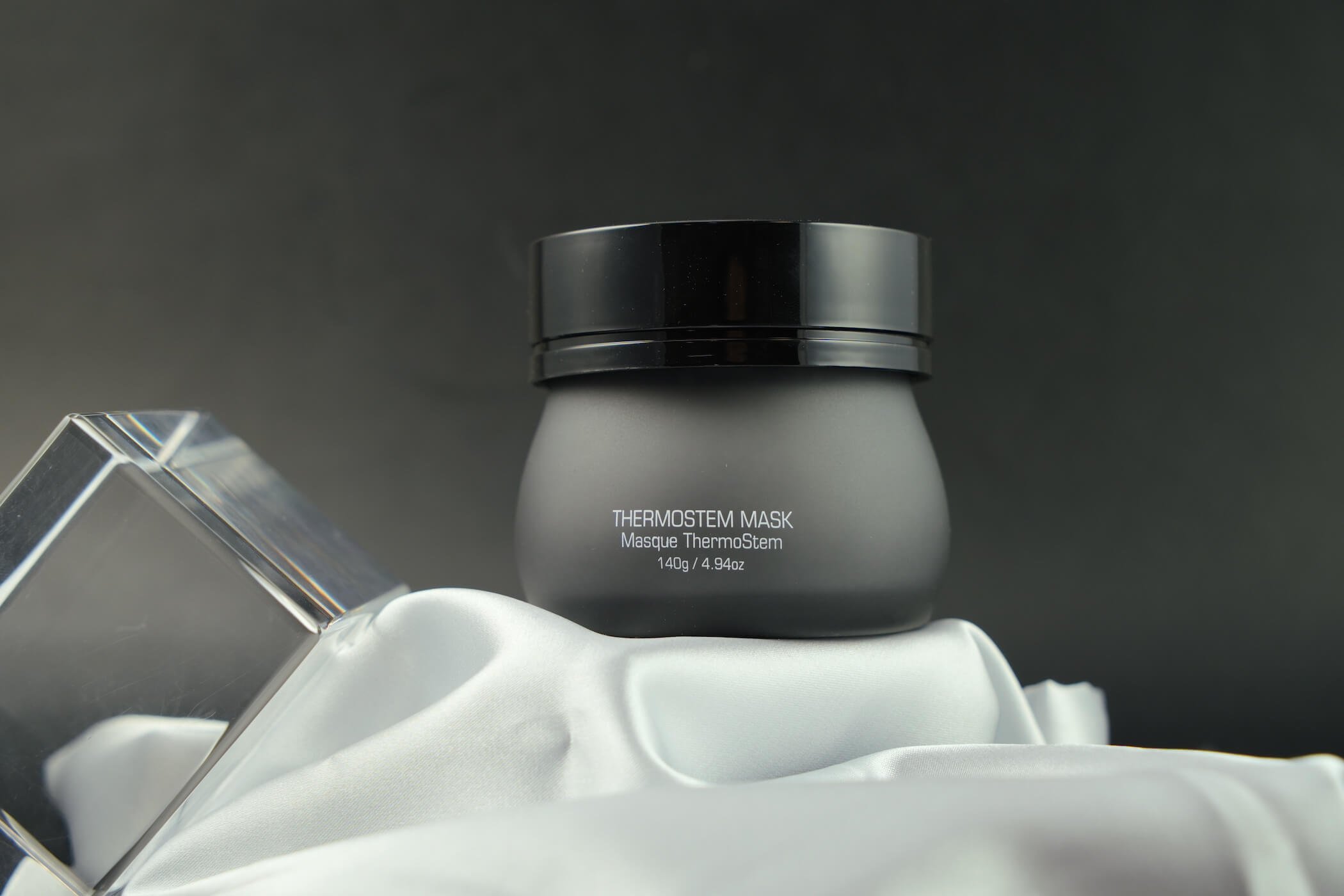
The path to clear skin involves a lot more than just skincare. Several lifestyle factors play into this too, with stress being a big one. Each time you experience feelings of stress, cortisol, the stress hormone, floods your body. This has a number of different effects, one of which is stimulating sebum production. All of this excess sebum quickly clogs pores, which is why severe acne breakouts often coincide with periods of extreme stress.
What can you do about this? Firstly, work on preventing stress. Figure out what your main triggers are and do your best to minimize these!
Of course, stress isn’t completely avoidable. This is why it’s also important to learn how to de-stress. There are plenty of techniques out there that you can turn to, from meditation to exercise to simply spending time in nature. They’ll all help to bring your stress levels, as well as your cortisol levels, back down.
If you’re struggling to de-stress, consider adding a clay mask, like the Introstem ThermoStem Mask, to your skincare routine during stressful times. Clay is great for soaking up excess sebum, which will help to prevent the appearance of clogged pores and breakouts.
7) You’re Not Getting Enough Sleep
We’ve just discussed how cortisol, aka the stress hormone, can spell bad news for your skin. However, even though its colloquial name may indicate otherwise, it’s not just stress that causes an increase of this hormone in the body. A lack of sleep does this too, with this contributing to acne breakouts as well.
Sleep deprivation is also linked to acne breakouts in other ways. It interferes with the immune system, increasing inflammation in the body. It also affects blood flow – something else that can impact clear skin.
The best way to improve your quality of sleep is to get into good sleeping habits. Start by creating a sleep schedule that you can stick to consistently, seven days a week. You should also work on making your bedroom a sleep-inducing environment. Block out light, minimize noise, and keep the temperature at around 65°F. Doing some exercise about three hours or so before bedtime has also been shown to help a person to fall asleep faster, and then stay asleep for longer.
8) Your Diet is High in Inflammatory Foods
Are you familiar with the phrase, “You are what you eat”? This applies to your skin in a big way! If you’re already following all of the other tips that we’ve discussed but are still struggling to maintain clear skin, your diet could be to blame.
How? Certain foods are being increasingly linked with acne, particularly those that are high on the glycemic index, such as processed carbohydrates and sugar-filled foods. One large study found that 87% of people experienced a reduction in acne breakouts after switching to a low-glycemic diet.
In addition to cutting those foods out of your diet, you should also be adding certain others in. Fruits and vegetables are packed with skin-loving vitamins and antioxidants, beans can reduce inflammation in the body, and the omega-3 fatty acids found in seafood can help the skin feel less greasy and better balanced.
Making an effort to drink more water while reducing how much alcohol you consume will also go a long way in helping you achieve clear skin.
Clear Skin Could Be More Achievable Than You Think!
There are a number of potential reasons as to why you may be struggling to achieve clear skin. However, as you can see, the eight that we’ve discussed all have relatively simple solutions! If you can relate to any of the above, make the necessary tweaks to your skincare routine/lifestyle habits and you should start to see your complexion clear up in no time!
Click here to shop for more skincare bestsellers from Introstem.



0 comments on “8 Reasons Why Your Skin Isn’t Staying Clear”